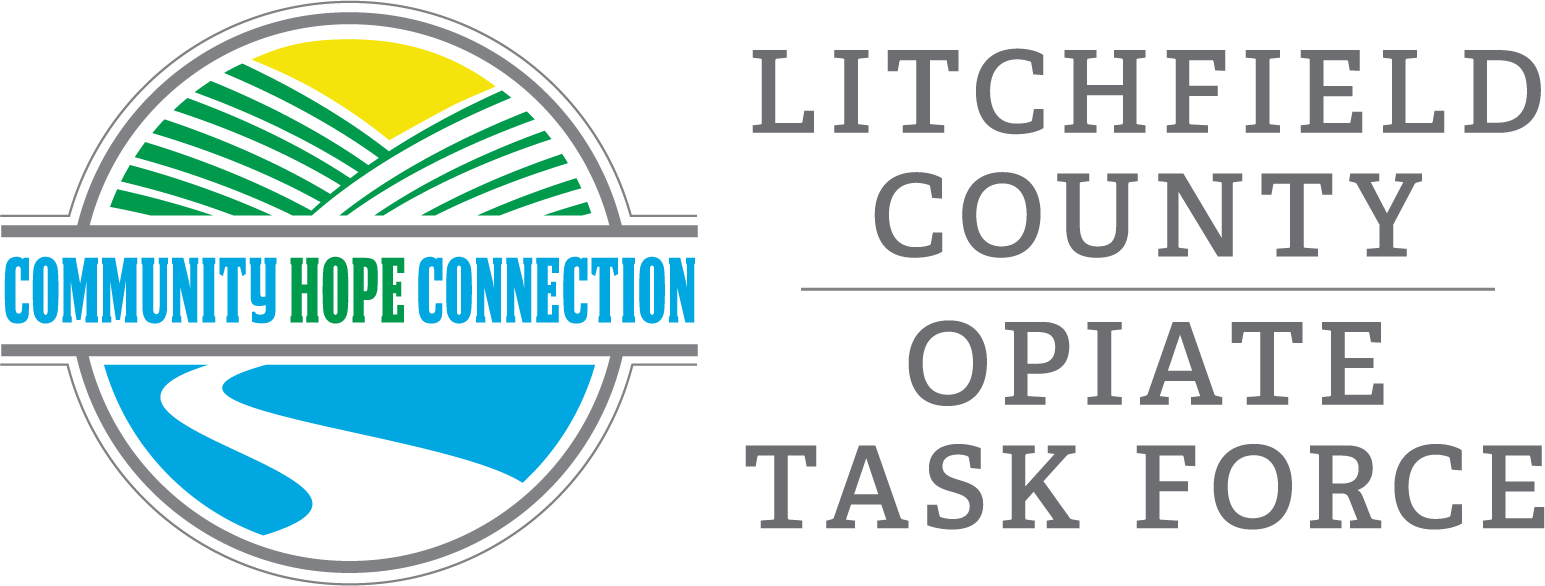The term “Opioids” is used to describe drugs that bind opioid receptors in the body, which include prescription pills like hydrocodone (Vicodin) and oxycodone (OxyContin), as well as substances like heroin and fentanyl. Opioids have become familiar to many households in recent years due to the devastating health crisis they have caused. The Opioid Epidemic, which is also referred to as the Opioid Crisis, has become one of the greatest challenges faced by communities across the United States and throughout the world.
Research & Data
The Opioid Epidemic
- The Opioid Crisis in the United States
In the 1990s, doctors began prescribing increasing numbers of opioids, with overdose deaths involving prescription opioids increasing since at least 1999. During this time, pharmaceutical companies reassured the medical community that opioid pain relievers were not addictive. Around this time in the 1990s is also when the American Pain Society instituted the “pain as the 5th vital sign” campaign, in part due to the underassessment and inadequate treatment of pain. This campaign and the use of a numeric pain rating scale was adopted by many US healthcare facilities since.
To further complicate prescribing practices and the assessment of pain, The Centers for Medicare and Medicaid Services (CMS) uses a patient satisfaction survey to facilitate reimbursement for healthcare providers. The survey includes the question “How often did the hospital or provider do everything in their power to control your pain?” This question officiated pain as the 5th vital sign in US healthcare, but thus encouraged prescribing opioids in response to self-reported pain scores (1).
As seen in Figure 1 below, this wave of prescription overdoses was soon joined by a rapid increase in overdoses from Heroin in 2010. The rise in Heroin overdoses was then met with a rise in synthetic opioids. This led to a third significant wave of overdoses, especially due to the increase in illicit fentanyl manufacturing. In 2017, there were 70,237 fatal overdoses. The age-adjusted rate of drug overdose deaths involving synthetic opioids other than methadone increased by 45% between 2016 and 2017.

Figure 1. Opioid overdose deaths in the United States showing the presence of prescription opioids, Heroin, and synthetic opioids. Source: CDC, www.cdc.gov/drugoverdose/epidemic.
- The Opioid Crisis in Connecticut
Connecticut has seen similar patterns as the United States. As Seen in Figure 2 below, out of the total 1038 fatal overdoses in Connecticut in 2017, 955 were opioid related. Of those 955 overdoses, 686 involved a synthetic opioid such as fentanyl, 425 involved heroin, and 273 involved prescription opioids. It is important to notice the quick rise in overdoses with the presence of synthetic opioids.

Figure 2. The number of fatal opioid overdoses in Connecticut by year showing the presence of prescription opioids, synthetic opioids, and Heroin. The deaths are not mutually exclusive and may have involved multiple substances. Source: NIDA Connecticut Opioid Summary, CDC WONDER.
- The Opioid Crisis in Litchfield County
Similar to the national and state level trends, the opioid crisis has continued to grow in Litchfield County. During 2018, there were 68 fatal overdoses in Litchfield County, 63 of which were reported residents of the county. Of those five people who were not residents, one individual was from Hartford County, one from Fairfield County, one from New Haven County, one from the state of Massachusetts, and one with no reported residence. An additional 6 residents of Litchfield County fatally overdosed outside of the county. Thus, a total of 69 Litchfield County residents overdosed in Connecticut last year. Of the 69 who fatally overdosed, 67 were opioid related. Fentanyl was present in 60 of the overdose toxicology reports.
To compare, in 2017 there were 54 fatal overdoses that occurred in Litchfield County. Of those that occurred in Litchfield County, all but four were residents. Two of the non-residents were from New York State, one individual from Waterbury, and one who had no reported residence information. Three Litchfield County residents overdosed outside of the county, amount to a total of 53 residents of Litchfield County who fatally overdosed. Of the 53 overdoses, 48 were opioid related and 31 had fentanyl present.
During 2016 there were 33 overdoses within Litchfield County, two who were not residents. Six individuals who were residents of Litchfield County overdosed outside of the county, four in New Haven County and two in unreported locations. A total of 37 Litchfield County residents died of an overdose that year. Of those overdoses, 36 were opioid related with 18 of them involving Fentanyl. The comparison of the resident overdoses by year can be seen in Figure 3 below. The proportion of overdoses involving opioids did not change, the rapid increase in fentanyl over the last three years is alarming. The rapid increase in fentanyl presence is directly related to the increase in fatal overdoses in recent years.

Figure 3. The number residents of Litchfield County who have fatally overdosed from 2015 through 2018.
